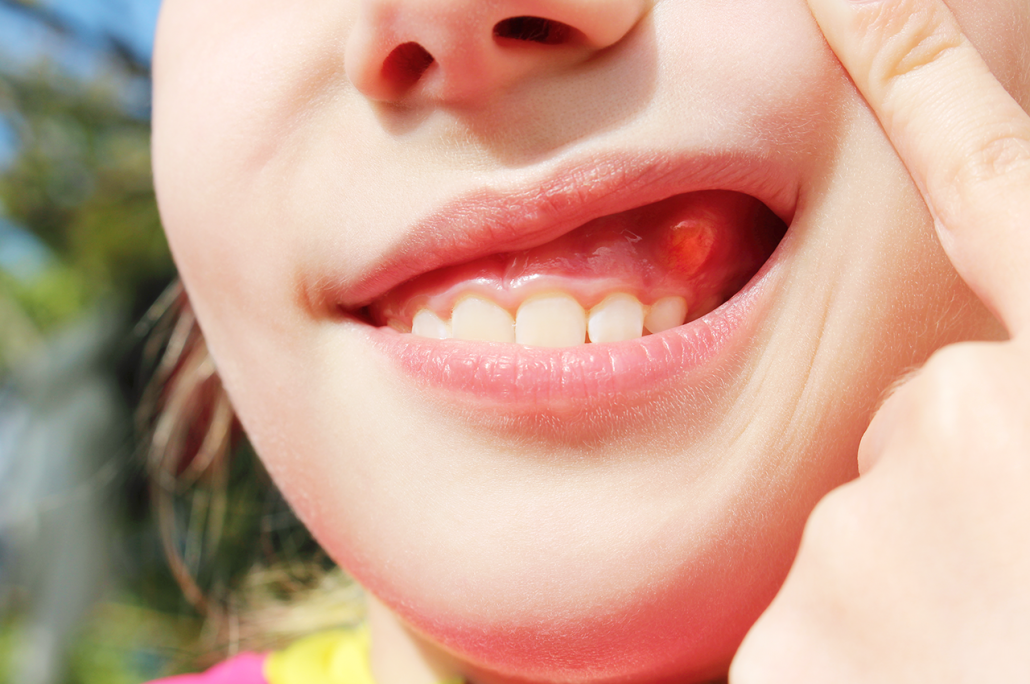Head Office
Sinan Mah. 1254 Sok. No:1/502 Muratpasa/Antalya/TURKEY

A dental fistula is a small but potentially serious dental issue that can indicate underlying infections. When it comes to oral health, some issues might go unnoticed until they cause irritation, pain or discomfort. Noticing a persistent bump on the gums or unusual drainage in the mouth would definitely be a cause of concern for many and this is exactly the symptoms of a dental fistula. Let's get into details about it: how it forms, how to diagnose and what the treatment options are.
A dental fistula or gum fistula, is simply an abnormal, unexpected channel developing between an infected area in the mouth. These areas can be:
tooth
gum
surface of the oral mucosa
skin.
Fistula dental typically develops as a small pimple-like bump on the gums. It releases pus and therefore causes persistent bad breath. Although the oral fistula itself does not cause pain, the ongoing infection can cause much more serious dental problems. Because a fistula dental is the response of the body to fight off the ongoing dental infection that needs to be addressed. So, it is actually your sign to book your appointment with your dentist immediately!
A fistula on the gum is mainly a result of an underlying infection in the mouth, generally caused by untreated dental problems. One of these untreated dental problems is tooth abscess, which means the bacteria invade the innermost part of the tooth that contains nerves and blood vessels -also called the pulp-. Once the infection comes to the pulp, it may be transmitted to surrounding tissues which causes a pus buildup. When this pus is not drained in natural ways, the body may create a dental fistula to create a pathway for the infection. In this way, the pus can escape from the fistula and it wouldn't spread further into the surrounding tissues. Our body is just trying to protect us!
Another cause of gum fistula is gum disease known as periodontitis. This type of gum disease is the advanced phase where the infection extends beyond the gums, possibly reaching the bone. Periodontitis causes chronic inflammation and infection. The body can form a fistula on gum to manage this infection by creating channels that pus can accumulate without further spreading.
A tooth fistula shows several noticeable symptoms. The most common one is the pus drainage. A small, pimple-like bump on your gums often releases pus. This pus may have a bad taste and make your breath bad too. Also, you can notice some swelling in the gums or face around the fistula and you may feel some degree of pain when you touch it. Although the gum fistula itself does not cause significant pain, the infection underneath it may cause toothache or pain in the jaw. The gums may also look red and inflamed and your tooth near the fistula might become sensitive to hot or cold drinks. In some cases, the dental fistula might be visible as a small hole in the gum tissue. Checking the dental fistula pictures might give you a better opinion of whether you have the same formation in your gums or not. These symptoms are your indicators to immediately see a dental professional without further delay.
Treating dental fistula is crucial not just only for relieving the discomfort but also for removing the underlying dental problem. A gum fistula often points out a tooth abscess or deep gum disease, which requires immediate attention to prevent it from getting spread to other parts of the mouth or face. Ignoring this condition may lead the infection to become worse, causing further decay or loss of teeth. Also, untreated infections may spread to other parts of the body which results in systemic health issues.
The main goal of treating a fistula on gum is to eliminate the infection and allow the affected areas to heal properly. To do this, first, a dental X-ray is taken to detect the exact location of the infection. Once the dentist identifies the source of the infection, various treatment options can be considered depending on your case.
One of the most common treatments for fistula dental is root canal treatment. It removes the infected pulp within the tooth, which means eliminating the source of the infection. The dentist removes the infected pulp and the canals are shaped to prevent further infection. Then the canals are filled with biocompatible material and the tooth is sealed with generally a dental crown to restore its function. In more severe cases, a tooth extraction might be necessary. This involves removing the entire tooth to prevent further spread of infection. To replace this missing tooth, the dentist typically offers dental implants.
As well as these procedures, the dentist may require a surgical intervention to drain the fistula. This process involves making a small incision to allow the pus to escape, relieving the pressure. The area is then cleaned to eliminate any remaining infection. The drainage is often performed together with other treatments such as root canal or tooth extraction to make sure the infection is fully removed. Smile Center offers various dental treatments in Turkey from dental implants to Hollywood smile to ensure you have healthy, aesthetic and functional oral health. To get a free quote and plan your all-inclusive, cost-effective dental holiday, please get in contact with one of our medical experts!
Smile Center’s Clinic in Antalya, Turkey
Chouk C, Litaiem N. Oral Cutaneous Fistula. [Updated 2023 Apr 24]. In: StatPearls [Internet]. Treasure Island (FL): StatPearls Publishing; 2024 Jan-.
National Health Service. (n.d.). Dental abscess. NHS.
Nature. (n.d.). Root canal treatment. Nature.
Rosen, T. (2023). Dental abscess. Medscape.